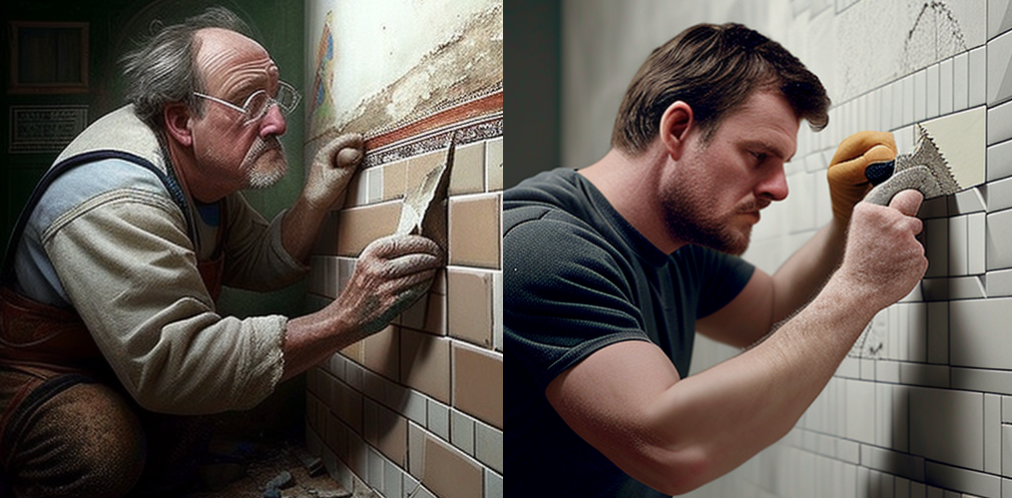Tiles have been an essential component of architecture and design for thousands of years. With their versatility and durability, tiles have been used by ancient civilizations for both practical and aesthetic purposes. Let’s take a closer look at the fascinating history of tiles in the world.
The first tiles were made over 4,000 years ago in Egypt and Mesopotamia, where they were used as a form of decoration for homes and temples. These early tiles were made from clay and were often painted with intricate designs and patterns.
As the use of tiles spread throughout the ancient world, new materials were utilized. The Greeks and Romans, for example, began using mosaic tiles to create elaborate patterns and scenes on floors and walls. These mosaics were made from small pieces of colored glass or stone, and often depicted scenes from mythology or daily life.
During the Middle Ages, tiles were used extensively in Islamic art and architecture. The Islamic tiles were often covered with geometric patterns and calligraphy, and were used to decorate mosques and palaces.
In Europe, tiles were popularized during the Renaissance, when they were used to create intricate designs on the floors and walls of palaces and churches. The Italian city of Florence became famous for its use of glazed ceramic tiles, which were decorated with elaborate floral patterns and designs.
During the Industrial Revolution, advances in technology allowed for the mass production of tiles. This led to a widespread use of tiles in public buildings such as hospitals, schools, and government buildings. The popularity of tiles also increased in homes, as they became a common flooring material.
Today, tiles are still widely used in architecture and design. They come in a wide variety of materials such as ceramic, porcelain, and glass, and are used for both practical and decorative purposes. Tiles can be found in bathrooms, kitchens, and swimming pools, and are used to create decorative accents on walls and floors.
In conclusion, the history of tiles spans thousands of years and has been shaped by the creativity and ingenuity of countless cultures. From the clay tiles of ancient Egypt to the modern ceramic and glass tiles of today, tiles have continued to be an essential part of architecture and design. With their versatility and durability, tiles will undoubtedly continue to be a staple in the world of design for centuries to come.
